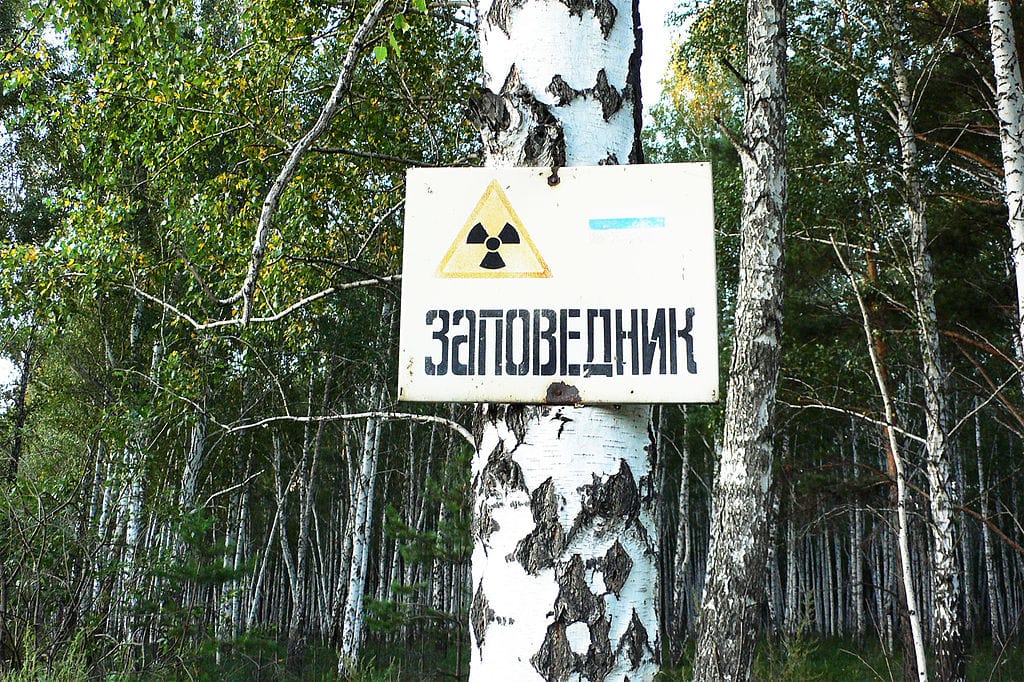
ADVERTISEMENT - CONTINUE READING BELOW
There is a much more mundane explanation for radiation.
In 1957, having graduated UPI, Krivonischenko was an engineer at the Chelyabinsk-40 (Mayak) nuclear weapons facility on the cleanup of a storage disaster that contaminated 23,000 square kilometers (9,000 square miles) of land in the southern Ural region. According to Krivonischenko’s brother, there was “a fairly large emission of radiation.” In 1958, Krivonischenko tried to quit due to “complete unwillingness to work in the system.” His clothes tested positive for radiation, as did Zina’s, who had lived in the contaminated zone. Krivonischenko’s clothes could have picked up radiation during his work on the cleanup site. His parents kept a suitcase of his things, with mittens, a hat, a sweatshirt, and other items. His siblings were afraid of the suitcase, thinking the items inside might be radioactive. They buried the suitcase after their mother died. Krivonischenko could have reasonably brought some of his contaminated clothing on the Dyatlov hiking trip.

